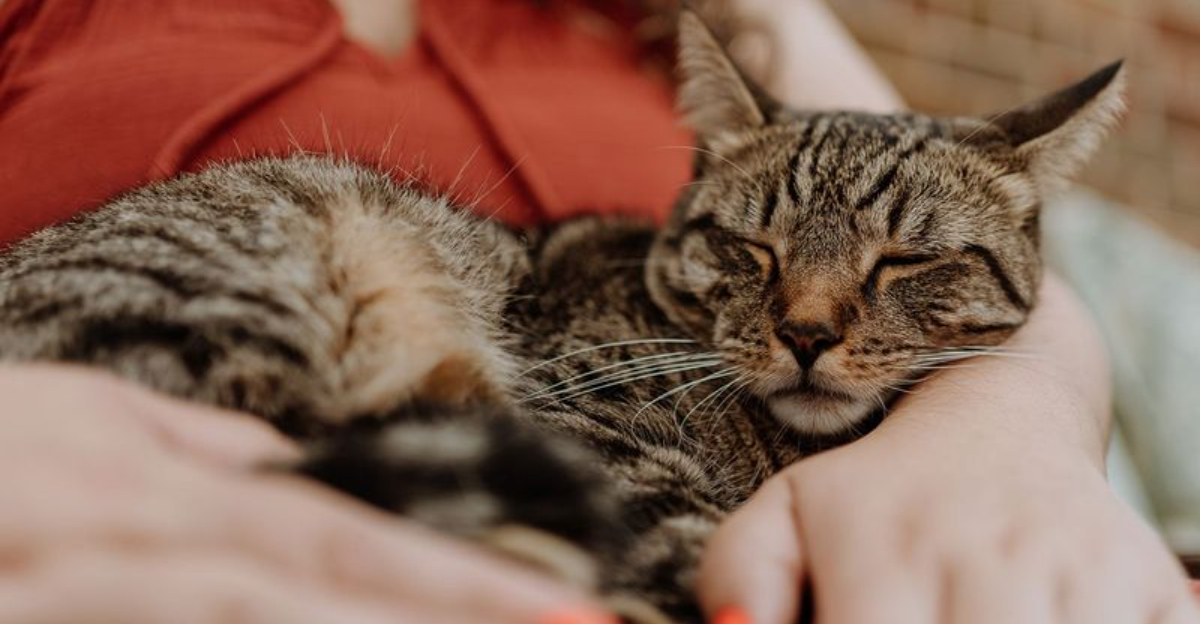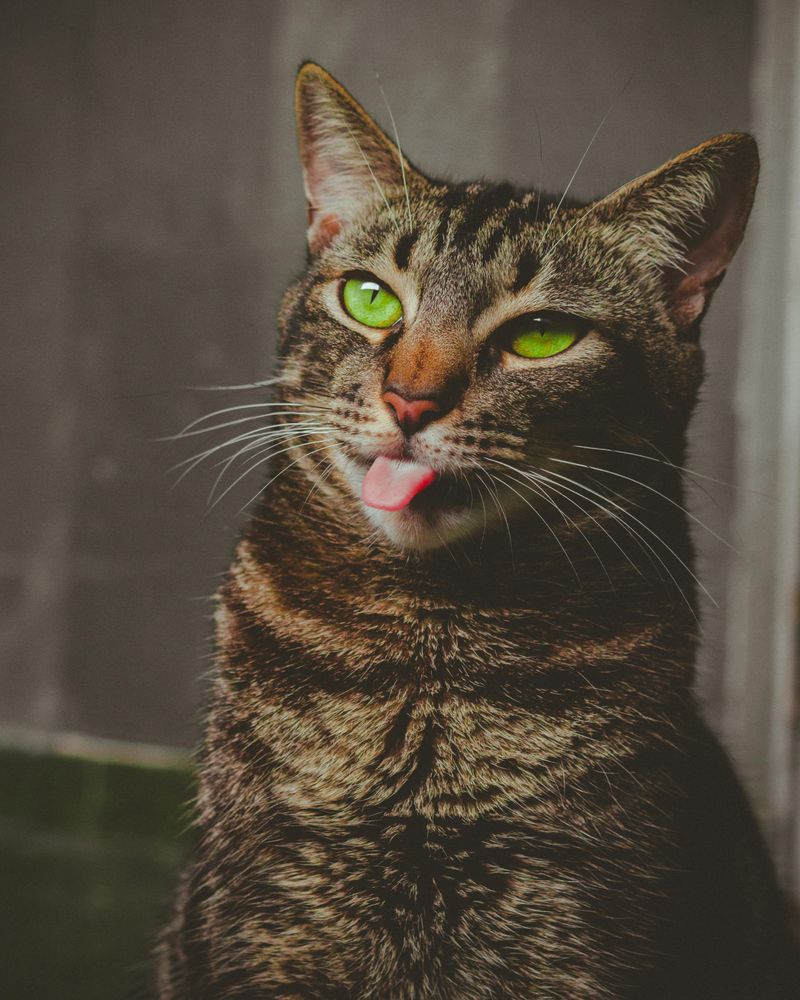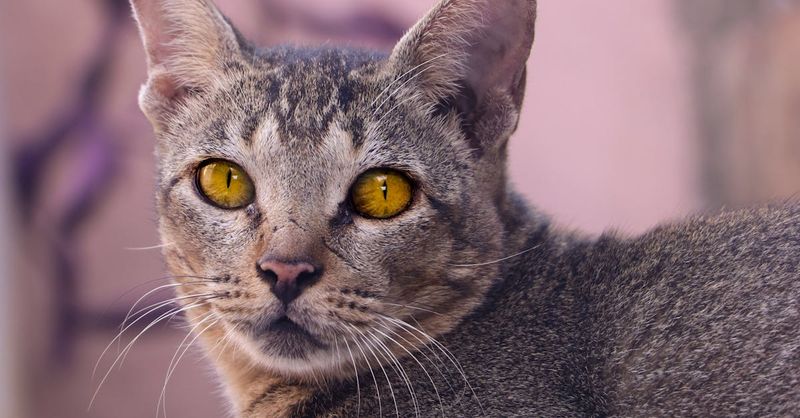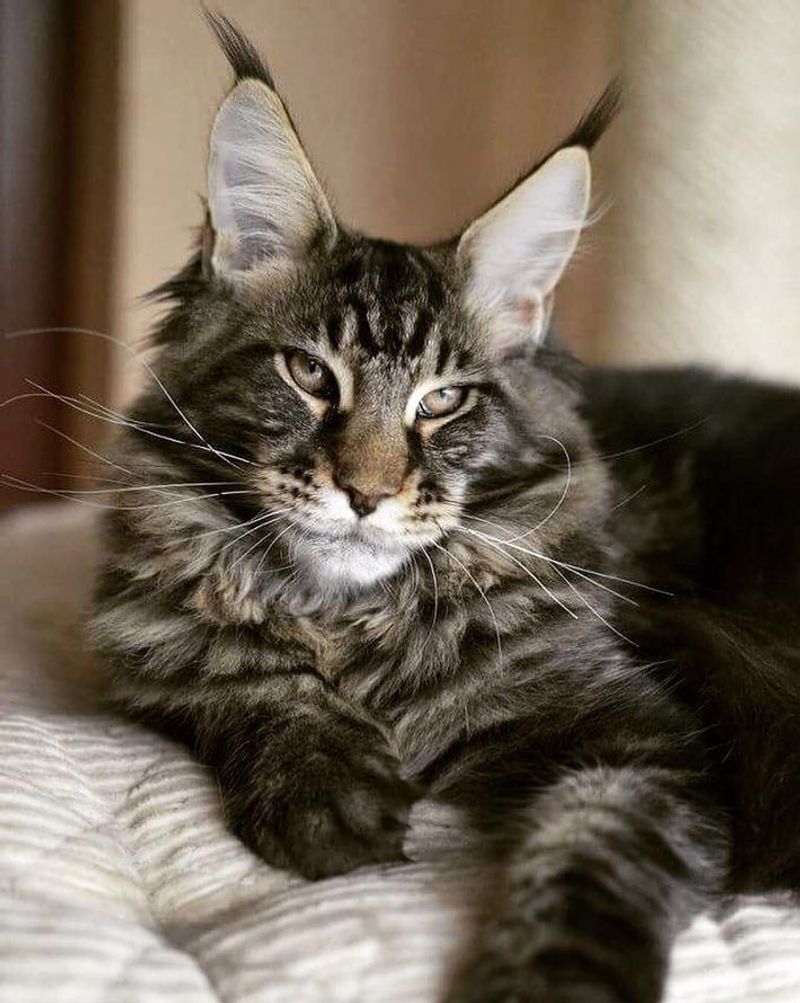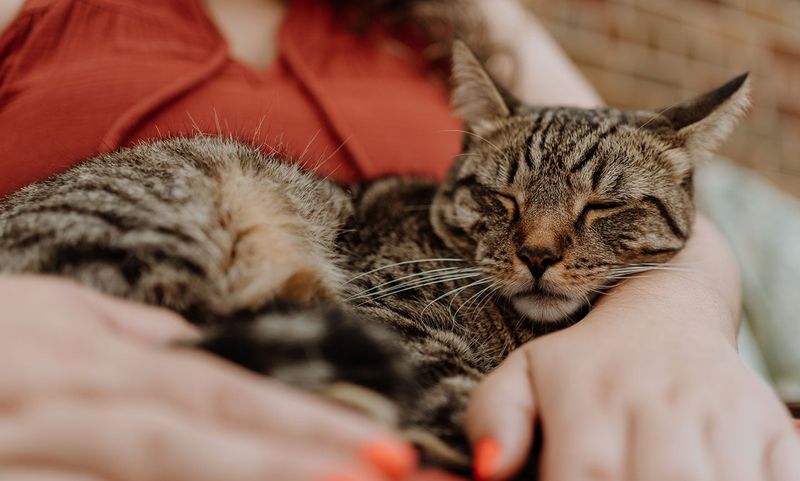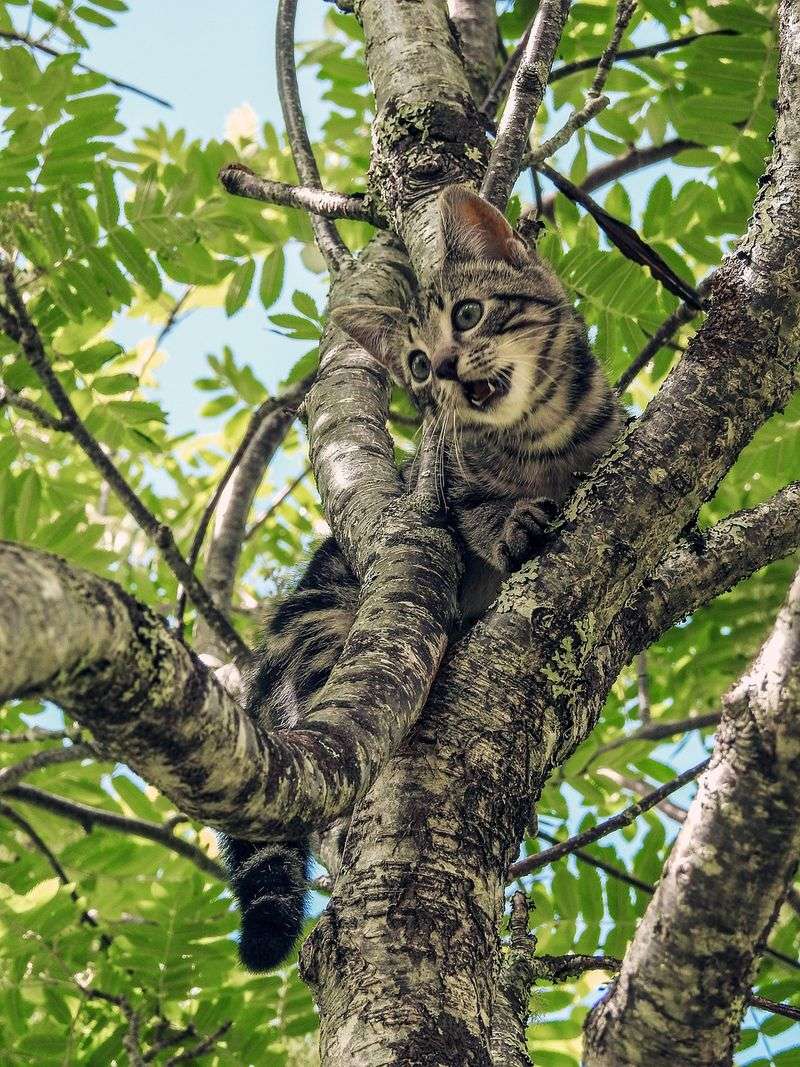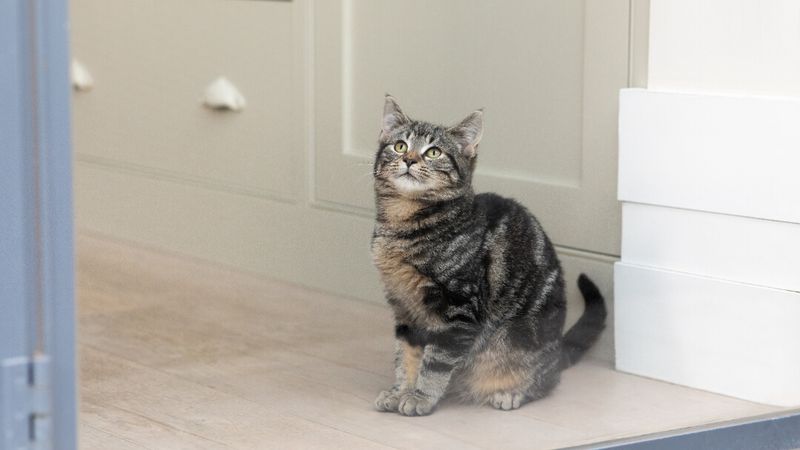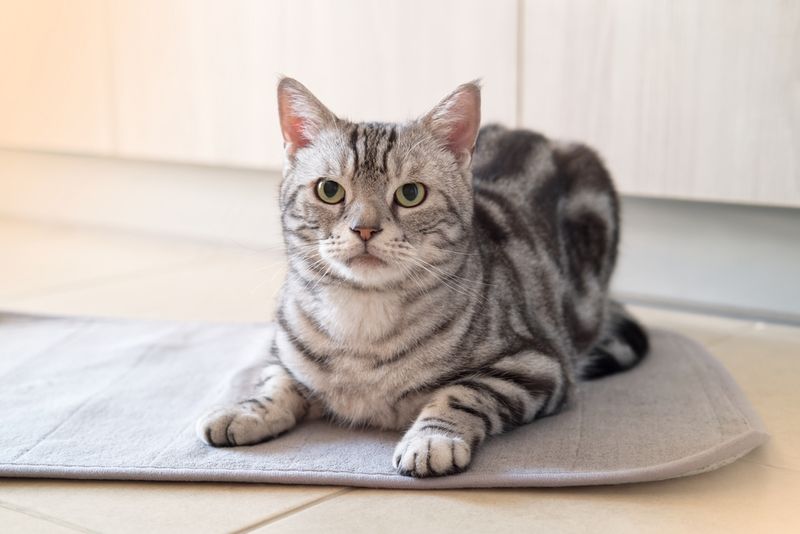📖 Table of Content:
- 1. “Tabby” Refers to the Coat Pattern, Not a Breed
- 2. All Tabby Cats Have an “M” on Their Forehead
- 3. Gray Tabbies Come in Different Patterns
- 4. They Often Have Green or Gold Eyes
- 5. They Can Be Any Breed — or a Mix
- 6. Tabbies Are Thought to Be More Affectionate
- 7. The Pattern May Help With Camouflage
- 8. They Were Among the First Domesticated Cats
- 9. Tabbies Can Have Subtle Color Variations
Tabby cats are among the most beloved and recognizable feline companions in the world, thanks to their iconic markings and charming personalities. Their coats, adorned with stripes, swirls, or spots, are not only beautiful but also steeped in history and biology. The tabby pattern is one of the oldest in domesticated cats, and its presence in so many breeds is a testament to its evolutionary success and visual appeal.
While many people assume “tabby” refers to a specific breed, it’s actually a pattern that appears across numerous cat types, colors, and coat lengths. Tabbies come in many shades, from classic orange and gray to brown and even silver, but they all share the hallmark “M” marking on their foreheads. These cats aren’t just attractive—they’re often described as affectionate, intelligent, and full of personality, making them favorites among cat owners and animal lovers alike.
There’s far more to tabby cats than meets the eye. Beyond their beautiful patterns lies a rich tapestry of genetics, myths, and endearing traits that make them one of the most fascinating groups in the feline world. Whether you’re a seasoned cat parent or just curious about these charismatic creatures, here are ten fun facts about tabby cats that might surprise you.
1. “Tabby” Refers to the Coat Pattern, Not a Breed
People often mistake tabby cats for a specific breed, but they are actually identified by their coat pattern rather than lineage. This pattern can appear in countless cat breeds, including both long-haired and short-haired varieties. From the sleek Abyssinian to the fluffy Maine Coon, many breeds carry tabby genes that influence their appearance. It’s a visual trait dictated by genetics, not a breed standard. The tabby pattern helps to categorize cats by their markings rather than their origin. Because of this, a single litter of kittens can include tabby and non-tabby siblings. The term “tabby” is a visual identity shared across the feline family tree, making it uniquely inclusive.
2. All Tabby Cats Have an “M” on Their Forehead
Distinct and mysterious, the “M” marking on a tabby’s forehead is one of the most recognizable features of these cats. This natural pattern appears in all tabbies, regardless of color or breed, and often sparks curiosity. Some folklore attributes the “M” to ancient myths, with stories connecting it to figures like the Virgin Mary or the prophet Muhammad. In Egypt, cats with this mark were believed to have divine significance. Scientifically, the “M” is a product of pigmentation patterns formed during a kitten’s development. It’s a genetic trait linked to the agouti gene, which controls banded hair coloration. Whether symbolic or just stylish, the “M” adds an extra layer of wonder to tabby cats.
3. Gray Tabbies Come in Different Patterns
There’s no single “tabby look”—in fact, there are four main types of tabby coat patterns, each with its own unique style. Mackerel tabbies feature narrow stripes down their sides, resembling a fish skeleton. Classic tabbies have swirling, marble-like patterns that create bold, artistic shapes. Spotted tabbies, as the name suggests, are covered in leopard-like spots instead of stripes. Ticked tabbies have very subtle patterns, with banded hairs that give them a salt-and-pepper or sandy appearance. Each pattern results from a combination of dominant and recessive genes, passed down from parent cats. This wide variation makes tabbies one of the most visually diverse groups of cats. No two tabby coats are exactly the same, giving each cat a distinctive look.
4. They Often Have Green or Gold Eyes
Many tabby cats are known for their expressive, jewel-toned eyes that seem to glow with personality. These eyes often appear in shades of green, gold, or hazel, providing a vivid contrast to their fur. The exact eye color depends on both the cat’s genes and their base coat color. While blue eyes are rare in tabbies, especially in adults, other warm and earthy tones are common. The brightness of a tabby’s eyes is part of what makes them so photogenic and beloved in social media circles. Their gaze can appear curious, mischievous, or deeply affectionate—often all at once. These captivating eyes help tabby cats forge quick emotional bonds with humans.
5. They Can Be Any Breed — or a Mix
One of the fascinating things about tabby cats is that they aren’t restricted to purebred lines. This pattern shows up in pedigreed cats as well as mixed-breed companions, making it widely accessible and commonly seen. Breeds like the American Shorthair, Bengal, and Scottish Fold all feature tabby variants. Even alley cats or shelter kittens often display beautiful tabby markings, proving that elegance isn’t limited to a fancy pedigree. Because tabby is a genetic trait, not a breed-specific standard, it can pop up unexpectedly. A tabby kitten can be born to non-tabby parents if the right genes combine. This adds an element of surprise and delight to cat breeding and adoption alike.
6. Tabbies Are Thought to Be More Affectionate
Some cat enthusiasts swear that tabbies have the friendliest personalities in the feline world. While there’s no scientific consensus to confirm this, many owners report that their tabby cats are especially sociable, vocal, and loving. Anecdotal evidence suggests that orange tabbies, in particular, tend to be extra cuddly and expressive. These cats are often seen following their humans around the house, chirping for attention or curling up on laps. It’s possible that the affectionate reputation of tabbies is due to their high visibility and popularity in domestic settings. When people have more positive experiences with tabby cats, it naturally shapes their perception. Regardless of science, the charm of a purring tabby in your arms is hard to deny.
7. The Pattern May Help With Camouflage
In the wild, the tabby pattern has served as a functional advantage, not just a decorative one. The mix of stripes, spots, and swirls helps these cats blend into grassy, wooded, or shadowy environments. This natural camouflage aids in hunting by breaking up the cat’s outline, allowing them to stalk prey more effectively. It also provides protection from predators by making them less visible in their surroundings. Evolution favored this adaptive trait, which is why it persists in so many domestic cats today. Even indoor tabbies sometimes act on these instincts, crouching in hidden corners or springing from cover. The pattern is a perfect blend of beauty and survival strategy.
8. They Were Among the First Domesticated Cats
The earliest domesticated cats were likely tabbies, descended from the African wildcat (Felis lybica), which sports similar markings. Archaeological findings suggest that humans began living alongside tabby-patterned cats as far back as 9,000 years ago. These cats were valued for their rodent-catching skills, which protected grain stores and helped early agricultural societies thrive. Over time, their friendly behavior and appealing looks led to stronger human bonds. The pattern remained dominant due to its usefulness and aesthetic appeal. Ancient cultures often depicted tabby-like cats in artwork, further proving their long-standing connection to people. This historical legacy makes today’s tabby cats living links to our shared past.
9. Tabbies Can Have Subtle Color Variations
Not all tabby cats look alike, even within the same pattern group. Their base colors can vary from warm browns and gingers to cool grays, silvers, and even bluish hues. These variations come from different combinations of genes that influence melanin and fur pigmentation. Some tabbies appear almost monochromatic until sunlight reveals hidden patterns in their coats. Others have bold contrasts that make their markings stand out vividly. Depending on lighting and angle, the same tabby can look dramatically different. This shifting appearance adds a sense of magic and uniqueness to each individual cat.
